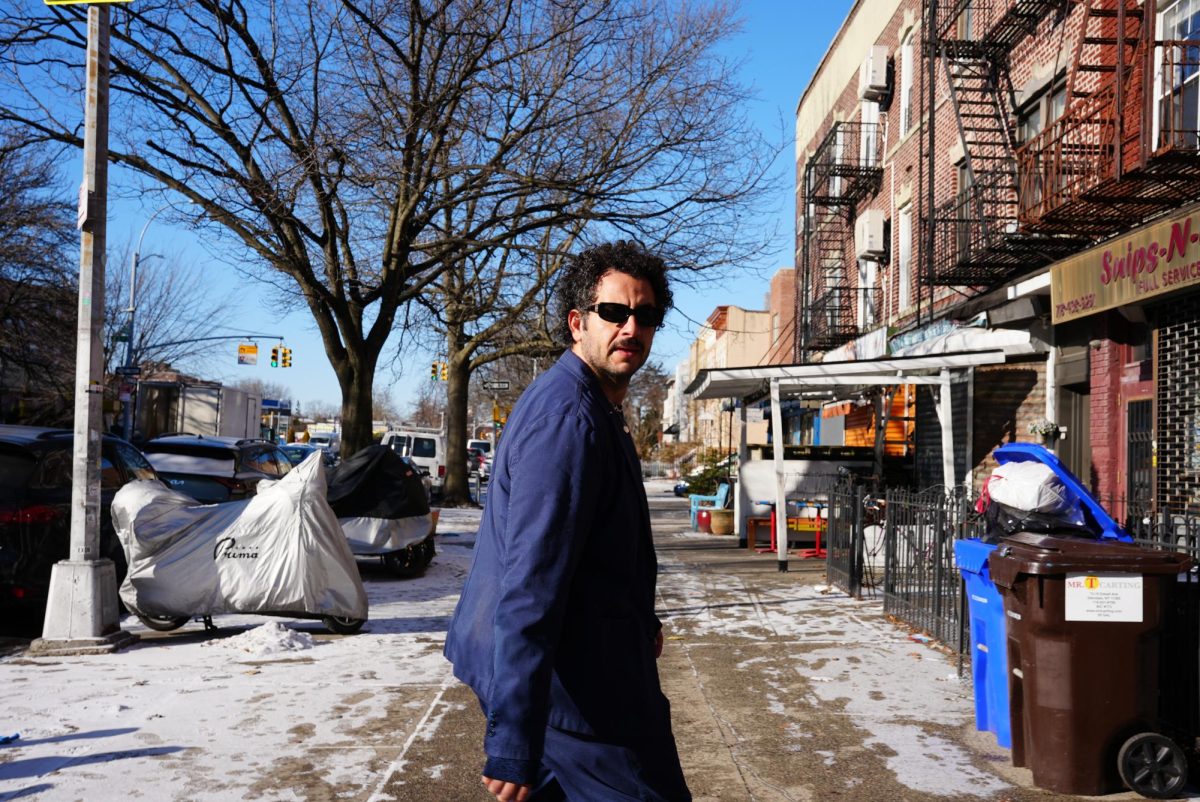Put aside all Disney-distorted notions of bright blue genies and bejeweled, belly-baring garb – “Aladdin” this ain’t.
Story collection “The Arabian Nights” may be the fabled “book with no author,” home to some of the few surviving texts preserved from ancient Islamic culture, but it’s by no means an ancient, unintelligible artifact in desperate need of cartoonish conversion.
WHEN: Now through April 28
WHERE: Rarig Center, Kilburn Arena Theatre 330 21st Ave. S., West Bank
TICKETS: $8 to $14, (612) 624-2345
www.theatre.umn.edu
Unfortunately, the works have suffered at the hands of their numerous transcribers, most notably with Sir Richard Burton’s 1885 version that obscured all admirable qualities in favor of indulging the Victorian enthusiasm for sexually-charged “Oriental exotica.”
With feminist theater scholar Mary Zimmerman’s sensitive adaptation in tow (and an approach unconventional in comparison to previous productions), University Mainstage Theatre hopes to give back to the tales of “The Arabian Nights” their fantastically authentic original voice.
The decision to stage the show was given to Joel Sass, artistic director for Theatre de la Jeune Lune and co-founder of the Mary Worth Theatre Company. Having previously helmed the classic trans-glam musical “The Rocky Horror Picture Show” and the British romp “Black Comedy” for the University, the department felt a slot in the 76th season solely for Sass was long overdue. Originally intended as a workshop-type theater class, “The Arabian Nights” soon morphed into a collaborative 12-member cast guided by the skills and decision-making abilities of all students involved.
The group is making the most of its tiny arena space, accurately zeroing in on the aesthetics of that time period. The floors are covered with gorgeously intricate rugs, lanterns hang from every possible rafter and gobo lights are used frequently to generate a unique rotation of lighting effects. The possibilities for set construction and costuming were both somewhat minimal, so more emphasis was given to intricate little details in order to create the perfect Arabian atmosphere.
“We don’t mean to make it a National History Museum diorama!” said Sass with a laugh, “But we’ve done a ton of research to have this be the real thing.”
He recognizes that not every single facet can be 100 percent perfect when dealing with these types of communal contributions. Still, he claims, “everyone will walk away from this knowing they can do a show all on their own.”
Complicating the ol’ beauty-attempting-to-tame-the-beast fairytale adage, “The Arabian Nights” tells the story of Scheherazade, a self-actualized young Sassanid woman forced to marry the malevolent Persian king Shahyrar. The problem? He’s infamous for wedding, bedding and then murdering a new wife every night (blame the first one – after catching her in the act, he and his bitter heart have since deemed all females unfaithful).
In order to delay her execution and ultimately save her city, Scheherazade spends the next 1,001 nights engrossing the king in crowd-pleasing tales like, yes, “Aladdin” and “Ali Baba and the Forty Thieves.” At sunset, she leaves each at a suspenseful cliff-hanger, forcing Shahryar to keep her alive for another day so that she may properly conclude it and then begin another.
“The Arabian Nights” are primarily secular and not representative of Islam as practiced either now or in the past. Still, they contain some of the finest and most noble sentiments found within the faith – fairness, compassion, a love of learning and forgiveness – that finally get their chance to shine in the characters’ actions.
Sass feels the production is as relevant now as ever, when the part of the world where “The Arabian Nights” originated is threatened by such turmoil.
“I thought it important to highlight how beautiful and rich these stories are, instead of warping them into a war statement,” he explained. “I don’t mean to completely deny the things happening right now, but there is such a sprawling cultural tapestry that proves it’s not all about terrorism and destruction.”
In fact, Baghdad was once a bustling, ultra-cosmopolitan city rich in art and literature at a time when Europe, knee-deep in the Dark Ages, didn’t even know what a fork was. Moreover, the media it produced boasted an uncommonly brash undertone of cultural critique, specifically toward the domineering patriarchal society whose intellect was formidable during the era of “The Arabian Nights.”
“The presence of very strong Islamic women is one of the best aspects to Zimmerman’s text,” Sass said. “People always complain that it’s initially dismissive of women, but there’s a deep satire beneath that surface.
“Plus,” he adds, “if we consider all theatrical drama that way, we might as well toss out the Greeks and Shakespeare!” Even though “The Arabian Nights” is the final installment to this year’s Mainstage season, Sass feels telling other people’s stories is more important than being the final big bang. Ultimately, it’s still a creative experiment on a workshop budget, meant to help audiences explore and discover a world and its people that are often misjudged.
“I hope people will realize all that’s behind this collection, and that they’re curious enough to find out more about the artists doing the same type of thing today,” he said. “After all, they’re the descendents from these originals that have to work so much harder to get their voices heard.”







